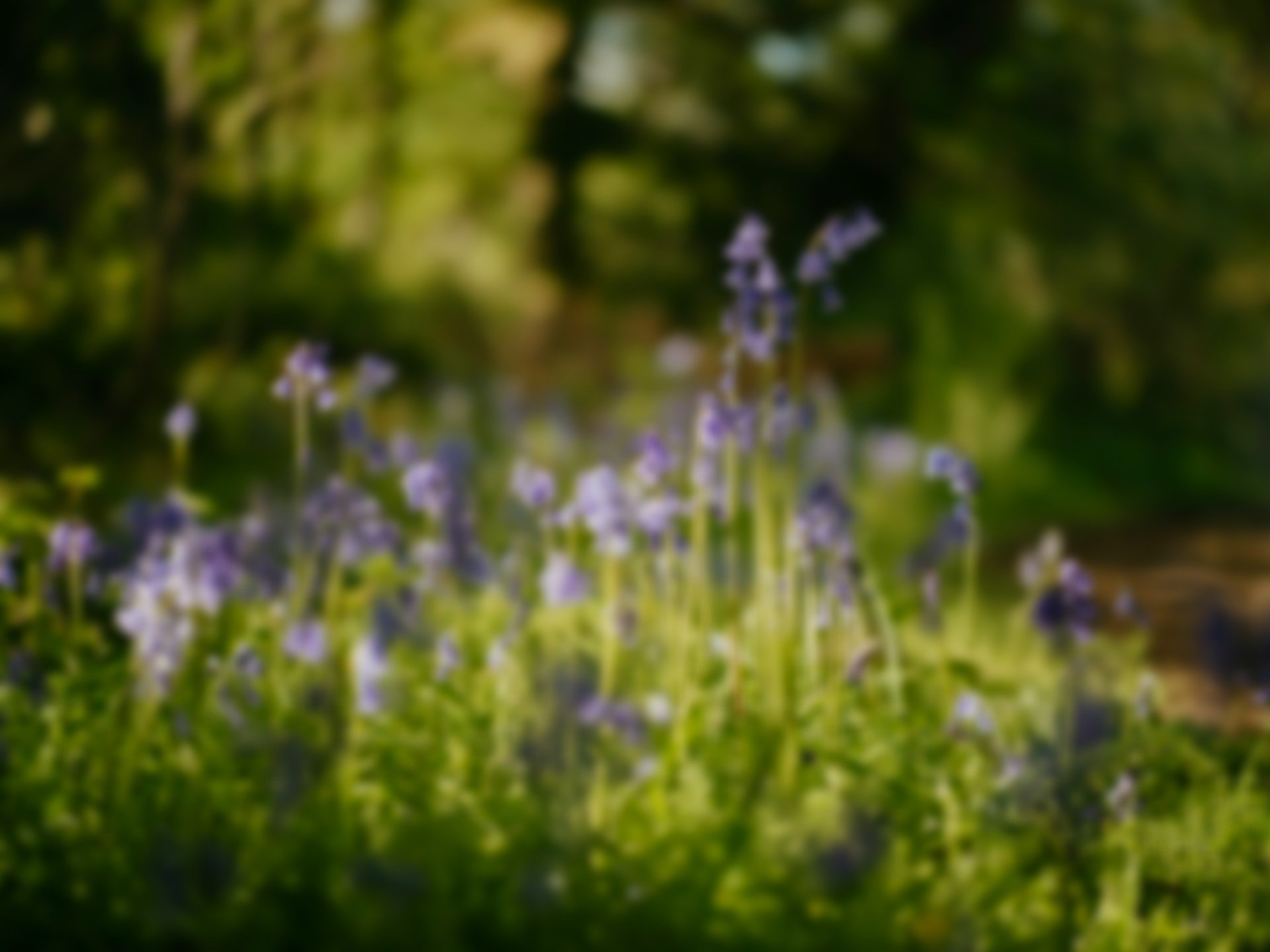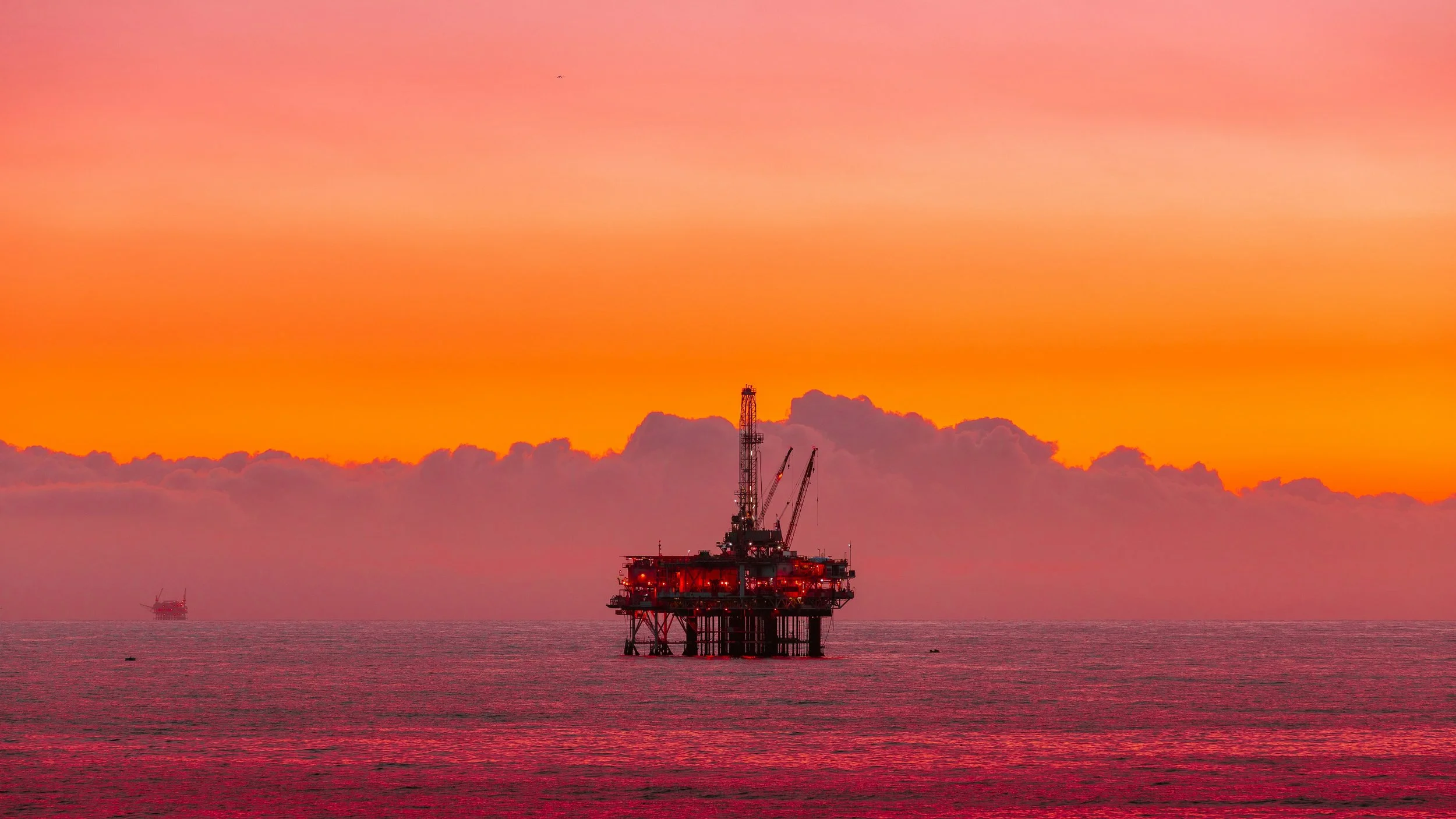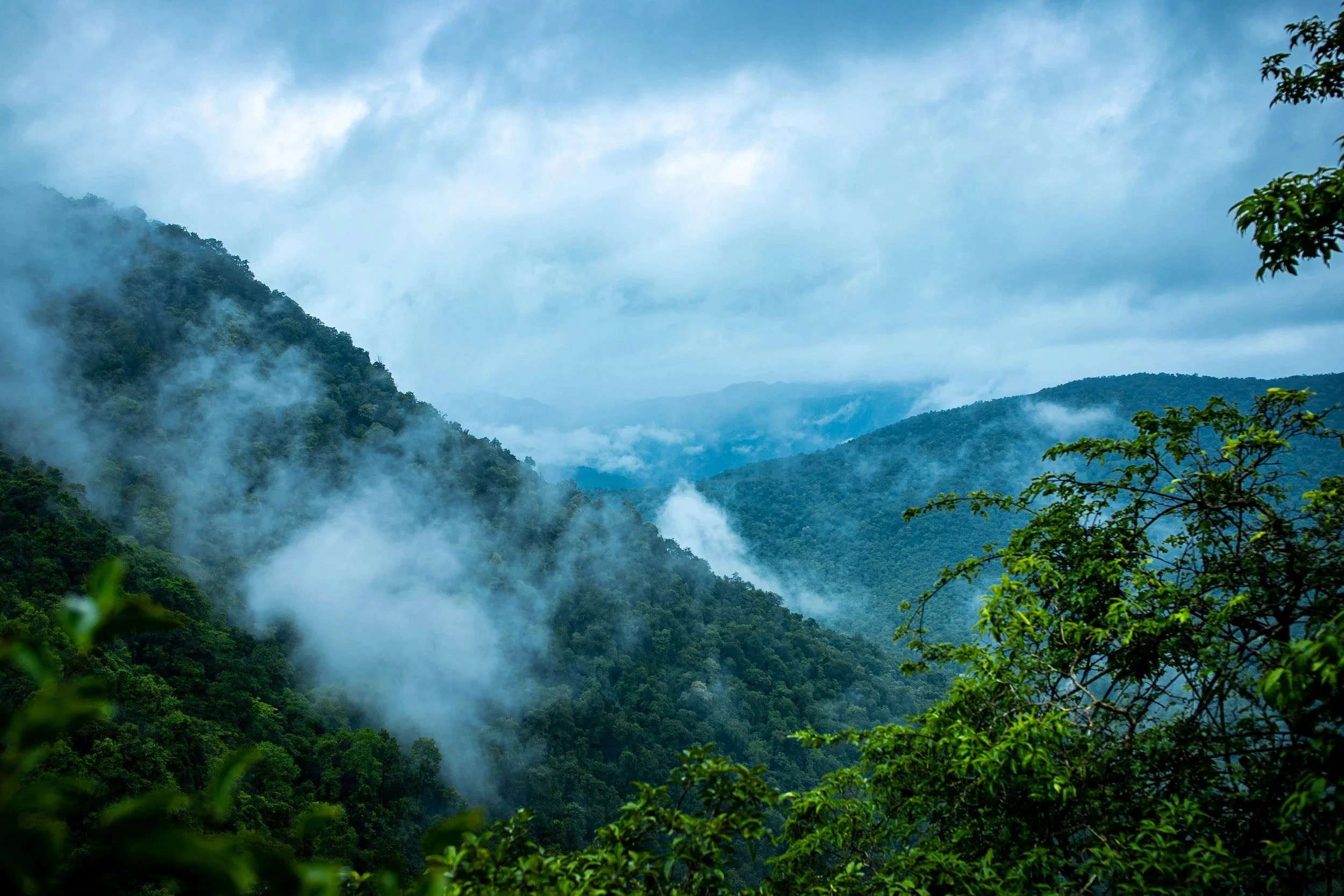
Niamh’sNature Blog
Connecting you deeper to our natural world we all share our lives with

The year of the native forest: 10 powerful resolutions to help rewild Ireland in 2026
Step into 2026 with a commitment to Ireland’s native forests. Discover 10 practical, grounded resolutions to rewild the land, protect wildlife, restore waterways, and nurture the soil. From learning to identify native trees to supporting conservation organisations, these actions help rebuild ecological networks, preserve cultural memory, and reconnect communities with the landscapes that shaped them. Small, mindful choices repeated over time can ripple outward, creating a living, breathing future for Ireland’s forests.

The last forest walk of the year: a reflective nature ritual to reconnect before midnight
In the quiet hours before midnight, a simple walk through the forest becomes a way to slow time, process the passing year, and reconnect with the body and the natural world. This reflective essay explores why walking in nature at the end of the year can act as a gentle ritual—offering space to acknowledge endings without resolutions, noise, or performance.

The environmental cost of Christmas trees: forestry, pesticides, carbon—and greener alternatives
Before Christmas trees became global commodities, they were symbols of life, continuity, and light in winter. Today, the tradition carries an ecological footprint—from carbon emissions and chemical use to waste and packaging. This blog explores the environmental cost of Christmas trees, the impact of holiday excess, and the sustainable alternatives that allow us to honor tradition while protecting the planet.

The emotional lives of animals: empathy, intelligence, and the ethics of welfare
Animals were never empty of feeling—we simply failed to listen. Across species, emotions move between bodies: fear, play, distress, consolation. Elephants grieve, birds catch one another’s moods, rodents act to relieve suffering they witness. These are not metaphors, but measurable phenomena. Understanding animal emotional intelligence collapses the distance we place between ourselves and other lives—and exposes the ethical cost of continuing to ignore it.
This blog is about exploring that quiet intelligence, the ethical responsibility it awakens, and the urgent actions we must take to create and protect animal rights.

Cloning the past to save the future?: The Mammoth Mission
From ancient DNA frozen in Siberian permafrost to cutting-edge CRISPR engineering, the quest to revive the woolly mammoth sits at the crossroads of climate science, conservation ethics, and biotechnology. This blog explores the promise—and the profound risks—of bringing Ice Age giants back to a warming world, and what the mammoth revival reveals about our responsibility to the planet.

Ecocide: the world’s deadliest crime no one prosecutes
In a world where forests burn, rivers turn toxic, and ecosystems collapse, ecocide is no longer invisible—it is a crime against life itself. From Vietnam to the Amazon, and from industrial spills in Europe to wars that scar the land, this blog explores the urgent push to recognize ecocide under international law, holding governments and corporations accountable for environmental destruction before it’s too late.

Nature’s plastic solution, hidden in the Amazon
Hidden in the depths of the Amazon rainforest, fungi like Pestalotiopsis microspora are quietly devouring plastic, offering a natural solution to one of the world’s most urgent crises. From microplastics in oceans to overflowing landfills, these remarkable organisms could transform how we manage waste, showing that nature may already hold the answers we’ve been searching for.
Here we explain the science behind these plastic-eating fungi and explore their potential to reshape the fight against global plastic pollution.

The power of community reforestation: how locals are restoring Ireland
Beneath Ireland’s rolling green fields lies a hidden truth: the island has lost nearly all of its native forests. Once home to thriving woodlands that shaped culture, ecology, and life itself, Ireland now sees these forests survive only in fragments. Yet amid this loss, communities, schools, and volunteers are planting anew—reintroducing native trees, restoring ecosystems, and nurturing a deep connection to the land. Small acts of care are growing into a nationwide movement of ecological and cultural renewal.
This blog is about Ireland’s journey from near-total deforestation to community-led reforestation, showing how ordinary people are restoring native forests and hope for the future.

Hunting the hunters: inside the brutal world of trophy hunting
Every year, thousands of lions, leopards, elephants, and other iconic animals are killed for trophies, their lives reduced to commodities in a global trade that spans continents. Trophy hunting isn’t conservation—it’s the destruction of wildlife, ecosystems, and the cultural memory of animal populations. Captive-lion farms, canned hunts, and unregulated trade expose animals to unimaginable suffering, while the alleged economic benefits rarely reach local communities. From Cecil the lion to Xanda, the stories of hunted animals reveal a system built on profit, not protection. There’s an alternative: ethical tourism, photographic safaris, sanctuaries, and longevity-based conservation models that prioritize living wildlife over trophies.
Discover the realities of trophy hunting and learn how you can take action to protect endangered species, empower local communities, and help rewrite the ledger for wildlife that deserves life, not death.

The first Europeans didn’t look like you think…
Before there were cities, before the plough sliced the earth or walls divided the land, there were people of the forest—skin bronzed by ancient suns, eyes glinting blue like glacial meltwater. They were the first Europeans: hunters, gatherers, wanderers whose bones tell stories older than nation or race. In their DNA, we find no linearity—only movement, adaptation, and the restless shaping hand of time.
This blog tells their story: of migrations written in blood, of faces forgotten by history, of a Europe far darker, far wilder, than we ever imagined.

Something amazing is happening in the dark corners of Chernobyl…
Among the ruins where windows gape and the air still hums with yesterday’s catastrophe, a dark bloom rises — quiet, unseen, and impossibly alive. These are not the green shoots of spring, but something older, stranger — organisms that weave life from what we called death.
This blog journeys into the hidden lives of radiotrophic fungi — to ask what they can teach us about resilience, redemption, and the future of survival.

Who let Lough Neagh die? The disaster Ireland ignored for too long
Lough Neagh is dying — not by accident, but by design. Poisoned by decades of political neglect, agricultural runoff, and unchecked industry, Ireland’s largest lake has become a symbol of everything we refuse to face.
This blog uncovers how government silence, broken environmental protections, and profit-driven policies allowed a toxic bloom to thrive where clean waters once flowed. What’s killing the lake is not just algae — it’s us.

Ireland's failing climate policy: a lack of action
The Irish government has faced criticism for its lack of action on climate policy in recent years. Despite being one of the countries most vulnerable to the impacts of climate change, Ireland has been slow to implement policies to address the issue and reduce its carbon footprint.
This blog explores the gap between climate promises and real progress — examining agriculture, energy, floods, and the rising cost of doing nothing.

Meet the world’s first tree (it was kind of a mess)
Now shift your gaze toward a few million years. The forest grows taller, denser, wiser. Enter Archaeopteris—the first “true” tree. Unlike its Cladoxylopsid cousins, it boasts deep roots, flat leaves, and a sturdy, woody trunk. It looks almost familiar, yet it still spawns spores like a fern. In the Late Devonian, Archaeopteris dominated entire continents, transforming floodplains into global greenhouses and pumping oxygen into the sky. Its leafy canopy fed rivers. Its roots reworked the soil. This wasn’t just a tree—it was an ecological revolution.
This blog traces the forgotten rise of Earth's earliest forests, revealing how trees like Archaeopteris reshaped the planet—and why their legacy matters today.

Yes, we should bring back the Dire Wolf-but is this it?
Discover the fascinating intersection of science and philosophy in the quest to revive the extinct dire wolf. This blog examines the profound questions and ethical considerations behind genetic modification and ecological restoration, highlighting our deep connection to the past and our responsibilities to the future.

They killed the forest’s guardian and kept digging
This is what a guardian looks like. Not in armor, but in feathers. Not with weapons, but with presence. In the heart of the Bolivian Amazon, Indigenous protectors like him have long stood between the forest and its destruction.
This blog tells the story of one such guardian—murdered for defending his ancestral land from illegal mining. It exposes the silenced war waged daily against nature and the people who fight to preserve it. When one of them falls, it’s not just a death. It’s a wound to the Earth itself.

Celtic tree astrology: which tree are you?
Discover the magic of Celtic tree astrology, an ancient Druid system that connects your personality to the tree you were born under. Explore the 13 Celtic tree signs—from Birch and Rowan to Ivy and Elder—and uncover what your birth tree reveals about your strengths, relationships, and life path.
Which Celtic tree are you?

Greenwashing: don't be deceived by eco-claims
Greenwashing has become a widespread practice in many industries, from cosmetics to fashion to food. It can be difficult to distinguish between truly eco-friendly products and those that are simply using green marketing to make a profit.
In this blog, we will explore some of the most common types of greenwashing and offer tips on how to avoid falling for it.

Are carbon credits effective in reducing emissions?
Carbon credits have become a popular tool in the fight against climate change. They are essentially permits that allow companies or individuals to emit a certain amount of greenhouse gases, with the aim of reducing overall emissions. But are carbon credits effective in reducing emissions? The answer is not a simple yes or no, but rather a nuanced explanation of how they work and their limitations.
This blog reflects on the uneasy promise of carbon credits—permits to pollute wrapped in green intent. It explores how they work, where they fall short, and whether they truly serve the climate or simply soothe our conscience.

7 steps to remove your carbon footprint
Hey there eco-warrior! Are you ready to save the planet, one step at a time? Great, because reducing your carbon footprint is a super fun and easy way to make a big impact on the environment.


